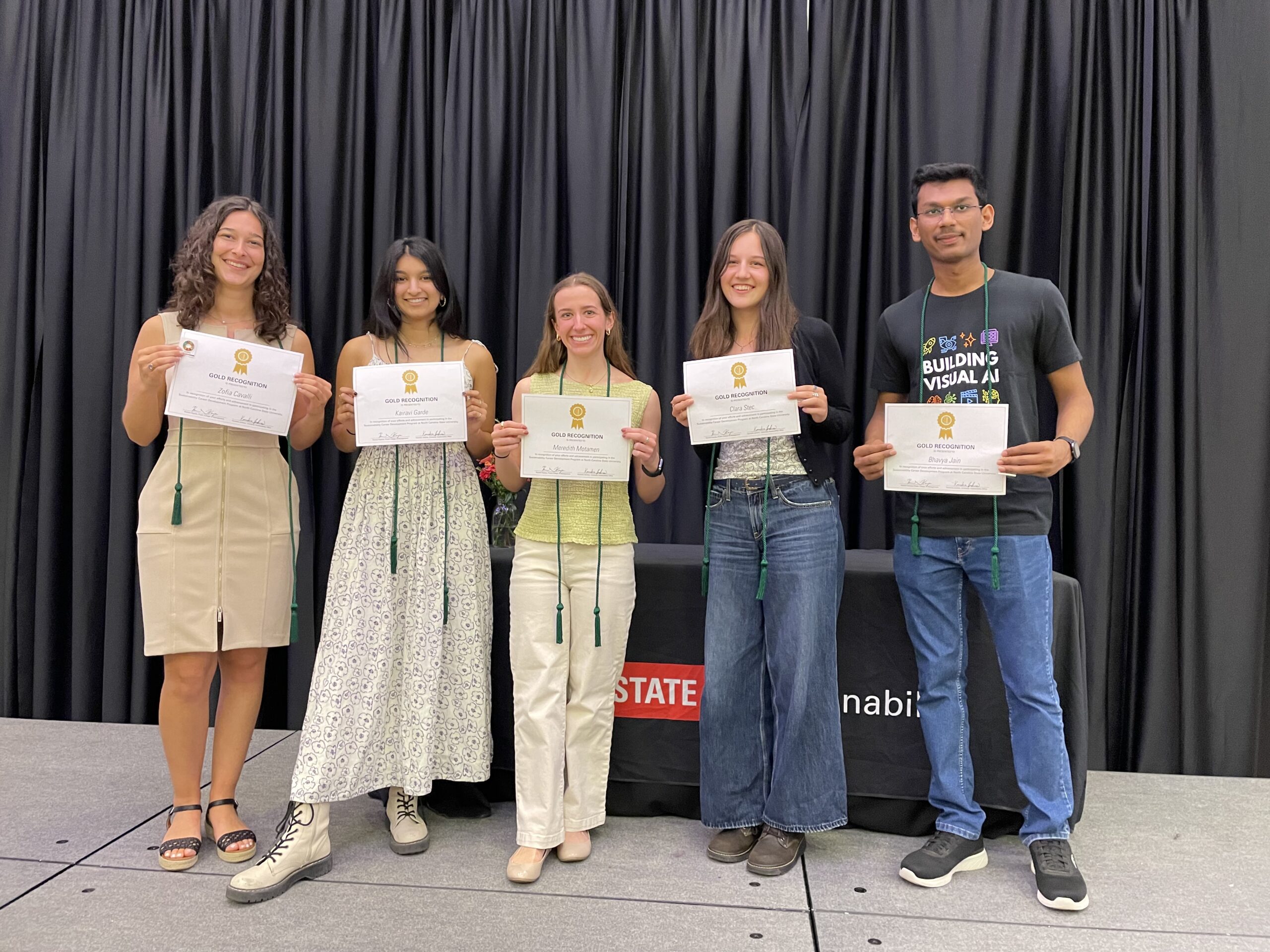Research on Raw Materials Sourcing Strategies by Chloe Castel

Chloe Castel, a recent alumna of the Global Luxury & Management Program discusses the results of her masters thesis studying sustainability sourcing strategies for raw materials in luxury items. Read the executive summary below.
SUSTAINABILITY IN LUXURY.
THE RAW MATERIALS SOURCING STRATEGIES TO FACE SUSTAINABILITY ISSUES : COMPETITIVE OR COLLABORATIVE STRATEGIES?
By: Chloé Castel.
Master of Science Global Luxury Management, 2016-2017.
Supervisor: Professor Jonas Hoffmann.
Executive Summary
Objectives: The objective of this paper is to explore the burning issue of the sustainability within the luxury industry in focusing on brands which are implementing strategies at the levels of their supply chain to face the climate change and the increasing scarcity of the natural resources. The topic of the luxury going green started to be studied few years ago and the topic of innovation in the supply chain is not new but, so far, studies observing the mutation of the raw materials strategies, to face sustainability issues, within the luxury industry from a competitive point of view are very few. So this dissertation aims to observe if luxury brands are taking the sustainability issues as a new challenging opportunity to increase their competitiveness thanks to innovation and collaboration.
Introduction: The last technological innovations in term of production, design and internet have allowed luxury brands to compete on product in developing more affordable collections, that led to what is called a “democratic” luxury (Dubois et al, 2005). This trendy strategy’s main goal was to improve benefice thanks to a growing luxury mass consumption; however it appears that this trend is limited on the long-term, because of its volatile nature. In fact, according to Flint (2007), focusing on the Supply Chain Innovation would be a much more relevant strategy thanks to its direct impact on the processes and thus on the costs in a sustainable way (Caniato et al, 2013). Furthermore, an innovative Supply Chain Management is responsible for updating the “critical factor of success” of luxury and fashion brands (Brun et al, 2008). When I see the decline of the products’ quality due to speed of the production and to the demand for “accessible luxury”, I wonder how it is possible to keep on performing without neglecting the quality and the excellence, which are two competitive assets for this industry. The supply chain, needs to be perceived, as a “value chain” that allows innovation and performance (Caniato et al, 2013). The idea of introducing sustainability in luxury, and more particularly in the supply chain is not new; however, it has always been oriented in term of profit and not necessarily in term of “environmental, social and ethical standards” (Gardetti et al, 2014) – This observation led me to wonder if being ethically and environmentally sustainable could also be profitable. Moreover, this concept is a quite hot topic given that it is currently studied and discussed.
The definition of “sustainability” is very broad and has been discussed during many years. Miguel Angel Gardetti, the creator of the First Luxury Award (2010), which gave birth to the IE Awards for sustainability in the Premium and Luxury Sectors (2014), evokes three Sustainability in luxury. The raw materials sourcing strategies to face sustainability : competitive or collaborative strategies? The one that caught the most my attention was Brundtland report’s. The document talked about “three pillars […] people, profit and planet.” (N.B: Instead of “profit” the report mentioned “prosperity” during the World Summit on Sustainable Development, in Johannesburg). Thus the main idea of this research, from a managerial point of view, is to understand how profit and sustainability can go hand in hand with each other and make luxury brands even more competitive in term of image and reputation, price and quality. Besides, when the luxury industry has to deal with “more price consumer-buyer” (Luzzini et al, 2010), which one of the elitist luxury or the democratic luxury is more sensitive and ready to experiment new operational processes? For my dissertation, I have decided to focus my research on the elitist one but this question could lead to another dissertation.
Four years ago, the Luxury Institute of New York found out that the customers who care the most about CSR activities are the younger and more affluent ones. In 2009, the Cone Consumer Environment in USA published some data: “35% of Americans had great expectations from the company that were ecologically responsible and 35% observed that they had higher interest in environment that they had earlier.” (Doval et al,2013). Little by little, and thanks to a work of the marketing, the “Green Buzz” has been introduced to the general public and the “green products” and “green technologies” were mentioned. However, this awareness is very different from a country to another one. Here, according to my knowledge of the luxury industry and to my location, I decided to considered the European luxury brands, and especially the luxury groups which are Kering, LVMH and Richemont. The speed and the nature of the global demand added to the increasing number of competitors in the luxury industry have as consequence to add complexity to the already very complex supply chains networks. The adequation of the demand and the offer becomes a real challenge for the supply network (Luzzini et al, 2010). Thus the multiplicity and the complexity of the offer leads to the concern of the resources sourcing. Luxury is luxury because it offers desirable products coming from desirable raw materials which are wanted for their limited availability. So if demand is growing, how to manage the factor of scarcity, that is according to Brun and Castelli (2013), a Critical Factor of Success, to face the issue of sustainability?
Methodology: As this topic requires specific data about luxury brands strategies I decided to get primary data thanks to several interviews with 8 people coming from different sectors within the industry in order to have complementary point of views. I choose as well, on purpose, to do not ask the same questions to all of them but to personalize my questionnaires according to their speciality while keeping in mind the notions of raw materials sourcing, sustainability, innovation, collaboration and competition. However, given that the strategic part underlying my topic has been a limit to my research, because of its confidential nature, I decided to use public reports from Kering, LVMH and Richemont to get secondary data about their innovation and their performance. In addition, I used reports from international organizations which collaborate Sustainability in luxury. The raw materials sourcing strategies to face sustainability : competitive or collaborative strategies? with luxury brands to implement new process in their supply chain in order to bring benefit to people, to the planet and to their profit.
Results and Discuss: The findings show that becoming sustainable for the luxury brands, from an environmental and ethical points of view, is a real challenge that needs to be overcome thanks to innovation but also to collaborative business models in the supply chain. However, each challenge presents its own opportunities. Facing climate change, increasing scarcity and ethical scandals is the chance for luxury brands to succeed in making their sourcing strategy transparent and responsible. In caring about local communities and in securitizing their rare and desirable raw materials resources, luxury brands are entering, little by little, in a new era of control of their sourcing. This control is source of benefits for the people, for the planet, but also for the business. Marketing is not powerful enough anymore to offer a sustainable image to a luxury brand. The competition is tough and, at the same time, everything look alike. Brands need to find a new area where to compete. So far, improvements are done but the complexity of their supply chain and the image of the brands make the innovation quite slow. It is not everyone who can be Stella McCartney. She has her own brand with a very strong identity. The challenge for each luxury brand is to build an identity as strong as her, but different, in adequation with their values, while being sustainable too.
Today, luxury brands, from the fragrance and cosmetics sectors, the liquor and wine sectors, the fashion sector as well as the jewelry and watch sectors, are the most exposed to scandals. NGOs are watching them, becoming a significant driver for change, in addition to the fear of scarcity. These brands are partnering with universities as well as with local and international organizations to find solutions to preserve their fragile vegetal, animal and mineral resources. Three main types of innovation are identified:
- Innovation in the production facilities to keep on producing the same natural raw
materials, for example in developing greenhouse to protect wild orchids. - Innovation in the production making process to keep on producing the raw materials but
differently (new techniques, new sources), for example in producing diamonds thanks to
a plasma laser. - Innovation in the raw material itself, when the brands decided to change its nature and to invest in another material to replace it. Example the grown lab leather.
Brands are orienting their strategy toward two options : using man-made raw materials, that I called here “artificial” or protecting, no matter what, the natural resources. After observations and interviews, brands need both at the end of the day. They have to find their balance to do not betray their nature though. Finally, we can also talk about the “race” to the certifications. Getting accredited and working closely with a certification company help to enhance the image of luxury brands. A virtuous circle is thus implemented: luxury brands are innovating in their supply chain for the good of the local communities and for their environment, so they set up new standards and new Sustainability in luxury. The raw materials sourcing strategies to face sustainability : competitive or collaborative strategies? norms. To reward them, international organizations “offer” them certification making the luxury brands their clients. This award will have a positive impact on the brand an on the industry because competitors will be willing to get accredited too. At the end of the day, certification will become competitive advantages and brands will keep working on or improving their processes or maintaining the same level of requirements.
Conclusion and Implications: The supply chains optimization that is happening in every sectors of the luxury industry, focusing on the animal, vegetal and mineral raw materials sourcing has an impact on people, planet and profit, as expected. Even if luxury brands are still innovating and looking for solutions to become sustainable for good, on the long run, they are already in a position to create additional value to their SC and, at the end, to their products. Rethinking the supply chain leads to increase their competitive advantages. With an increasing phenomenon of collaboration, the development of new standards and the attribution of certifications, luxury brands have more and more tools to securitize their resources and to protect their image. LVMH and Kering, in their reports, are already talking about being the best in their sustainable actions, having the best partnerships and the best tools. Once luxury brands will be able to fully implement traceability and transparency along their supply chain, with a complete control of the sourcing activity, we can imagine that they will be able to go further in the “Made In” effect, in creating a “Made with”/ “Made by” label that will allow them to become real leader on the new competitive field that is the sustainability one.


